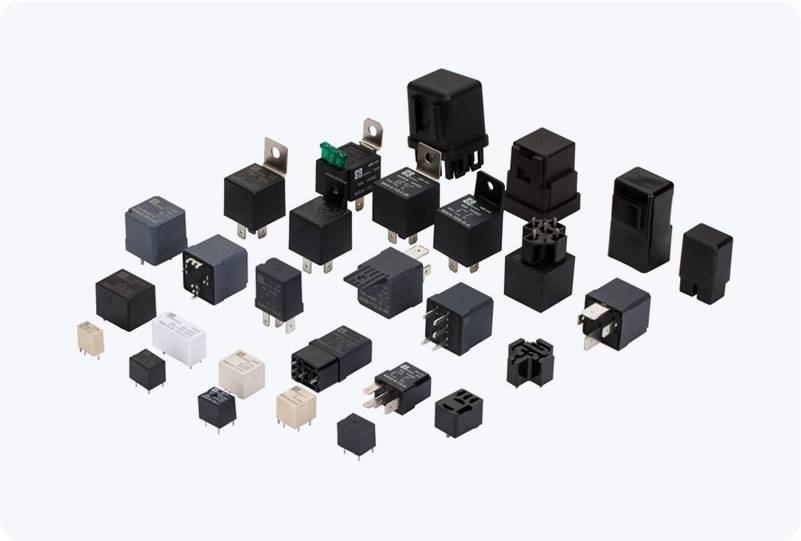understanding the safety isolated relay: key to reliable and safe automation
Release time:2025-10-21 10:14:43
In today’s fast-paced industrial environment, safety and reliability are paramount. One essential component that plays a crucial role in ensuring both is the Safety Isolated Relay. These relays are not just ordinary electrical switches but vital devices that provide electrical isolation, safeguard machinery, and improve overall system performance. This article will explore what a safety isolated relay is, how it works, its applications, and why it is indispensable for modern automation systems.

What is a Safety Isolated Relay?
A Safety Isolated Relay is a type of relay designed to provide electrical isolation between different parts of an electrical circuit, particularly between low-voltage control circuits and high-voltage or high-current load circuits. The primary function of these relays is to protect sensitive components or systems from electrical faults such as short circuits, surges, and overloads. By isolating the control and load circuits, safety isolated relays ensure that an electrical fault in one part of the system does not cause damage to other areas.
The core feature of a safety isolated relay is its ability to "break" the electrical connection between the control and power circuits through a physical or electrical barrier. This barrier could be a mechanical relay contact, a solid-state device, or an optical isolator like a phototransistor. By doing so, it prevents potential damage and provides a higher level of safety for both the equipment and personnel working with or around the system.

